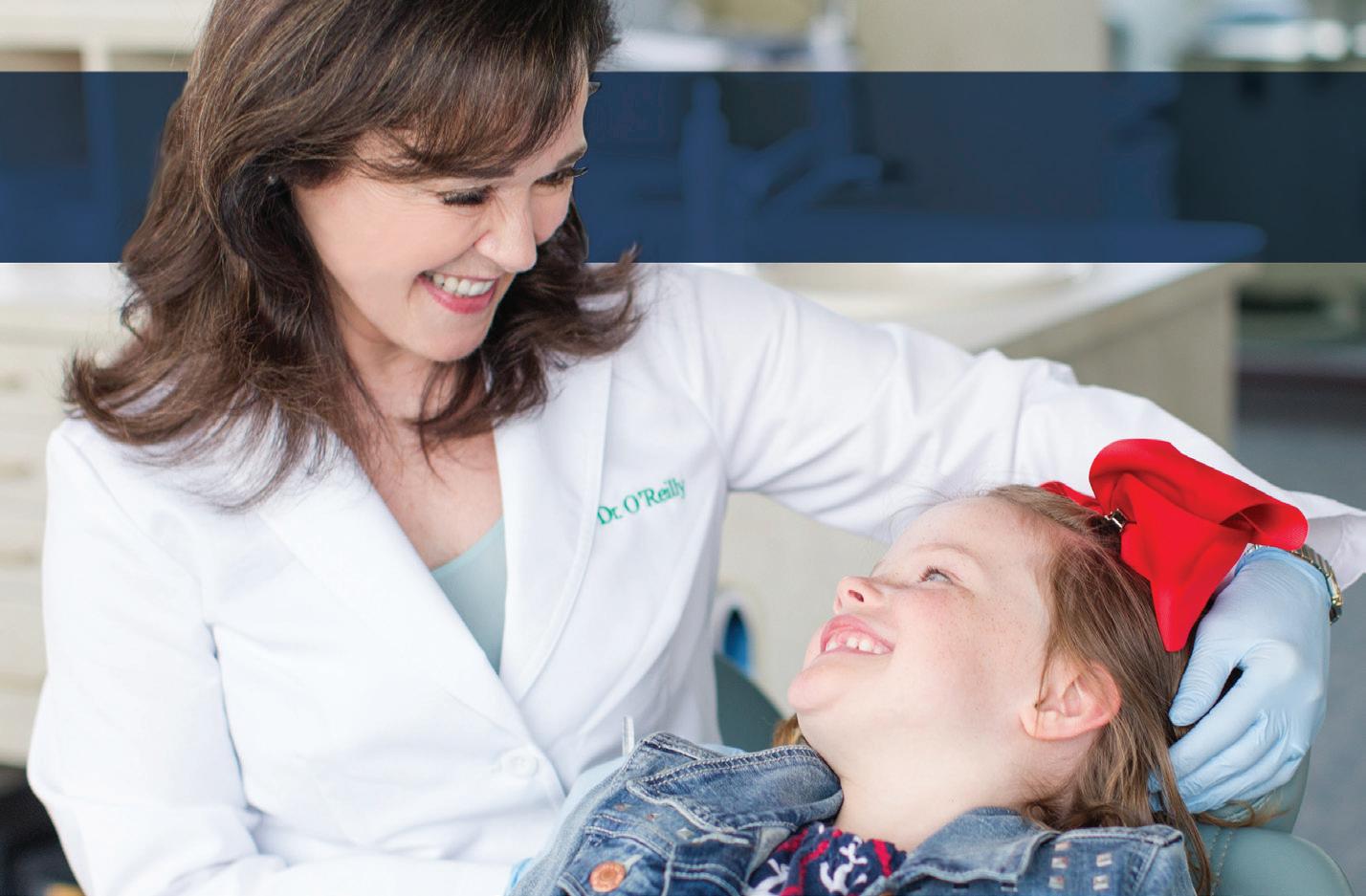
4 minute read
Exercise and Kids with ADHD
Here’s a workout your child with ADHD can do at home, or do it together as a family, for more fun! Complete 1–5 rounds, depending on your fitness level (10–30 minutes)
Exercise and Children with ADHD
Advertisement
When the pandemic hit last spring I was fostering a first grader who had come into my care on ADHD medication. Like many parents, I was unexpectedly tasked with teaching school at home this year. Fortunately, as a personal trainer, I knew I could help him stay focused and somewhat calm while transitioning to online learning—a tough prospect for any first grader. Children who have been diagnosed with ADHD are often fidgety, impulsive, lack focus, and struggle to complete tasks. This can be frustrating to those children and the caregivers surrounding them. Exercise can (and should) be an essential tool for significantly improving the signs and symptoms of ADHD in children. I was diagnosed with ADHD at 22, so I have a personal interest in helping children who struggle as I have. I naturally gravitated towards exercise as a teenager and found it helped me concentrate and overall feel better in daily life activities. When I decided to open my own fitness studio, I quickly gained youth clients looking for the same positive benefits I sought at their age. I’ve worked with many children who have been diagnosed with ADHD and I’ve witnessed how helpful exercise can be to their overall health and the tasks they tackle throughout their lives. Studies have shown that exercise can increase the production of dopamine, norepinephrine, and serotonin in the brain. Dopamine is often referred to as the “feel-good” neurotransmitter. It is a chemical messenger involved in memory, attention, and motivation. As dopamine increases, it helps a child retain material, stay focused, and be motivated to complete a task or activity. Norepinephrine, known as the “fight or flight” neurotransmitter, aids in helping the body respond to stress. Serotonin is a neurotransmitter that helps to stabilize mood and can provide benefits to sleep and digestion as well. Benefits to mood, sleep, and digestion can hit several areas that often are
problematic when it comes to dealing with children with ADHD. Many of the ADHD medications prescribed to children increase the same neurotransmitters as exercise and they have proven to be effective as well. In a study lead by Dr José A Medina, published in Atten Defic Hyperact Disord Mar 2010 “One half-hour of aerobic treadmill running, compared with stretching in the control condition, induced immediate improvements in response speed, vigilance and stimulus discrimination on a go/no go task, lower response speed variability and lower impulsivity in 25 boys, aged between 7 and 15 years, presenting ADHD.” Other benefits of exercise are due to an increase in heart rate and blood flow during the activity. Increased heart rate can improve the growth of the hippocampus, which can benefit emotional responses, learning, and memory. Children with ADHD who exercised before testing had improvements in test scores, versus children who did not exercise beforehand. According to the study published in Frontiers of Psychology in 2018, “The ADHD group made less omission errors during the exercise than in the sitting condition, whereas the opposite pattern was seen in controls.” During our spring homeschooling experience, we started each day with 15–30 min of exercise. We would then complete 30–60 min of reading or math. There would be another round of exercise mid-day (30–60 min) and some exercise in the evening (usually about an hour). Exercise varied from playing tag outside, to soccer, to a dance party on a rainy day. Any physical activity that increases the heart rate for 10 minutes or more has shown to be beneficial. Taking the time to create exercise habits with children diagnosed with ADHD can potentially provide a multitude of positive benefits. Exercise should not be considered a chore, but an aid in helping a child diagnosed with ADHD feel better and perform better in school and life. —Amanda Parks

Now offering Virtual Appointments by request.
Maintaining Berry Healthy Smiles!

∙ Pediatric Dentistry from infancy through adolescent ∙ Hospital Dentistry ∙ Sedation Dentistry ∙ Nitrous Oxide ∙ Laser Dentistry Berry’s Children Dental L.L.C ∙ Orthodontics (Braces)
www.berrychildrendental.com 4449 Mitchellville Road | Bowie, MD 20716 | 301 383-0959

EXCEPTIONAL CARE, BEYOND COMPARE
ankyou for voting us Best Of Annapolis 2020!
2020 2020
DENTISTS
ANNE ARUNDEL 2 0 20
Mairead M. O’Reilly, DDS, MS
Dr. Mairead M. O’Reilly
Practicing in Annapolis since 1989
Call us to schedule your complimentary consultation today! 410.266.0025



